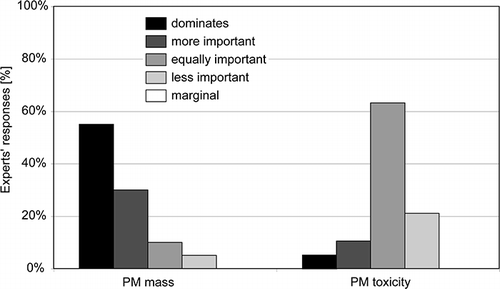Figures & data
Table 1. Average annual levels (μgm- 3) of PM10 and PM2.5 recorded at regional background (RB), urban background (UB) and traffic sites (TS) in central, northern and southern Europe
Figure 1. Monthly average PM10 data for 2005–2011 with standard error from Hornsgatan, Stockholm (street canyon), classified according to a wet and dry road surface.

Figure 2. (a) Trend of PM10 emission from road transport exhaust and nonexhaust in the Netherlands (source: CitationPRTR, 2011). (b) Average trend in nonexhaust emission for Europe based on extrapolation of base years in the IIASA GAINS model (source: CitationGAINS, 2011).
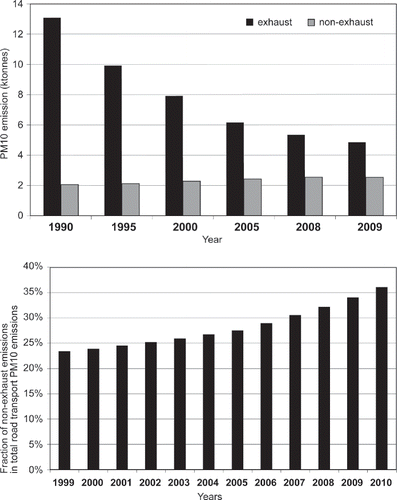
Table 2. Inorganic composition of tyre and/or tyre tread rubber mixes in the 1990s. (Denier van der Gon et al., 2003)
Figure 3. Concentration of copper in ambient PM samples at various locations in the coarse fraction (PM 2.5-10) and the fine fraction (PM2.5) for Switzerland (top) and the Netherlands (bottom). (Recalculated from data by CitationHueglin et al., 2005, and Visser et al., 2001, respectively; source: CitationDenier van der Gon et al., 2007).
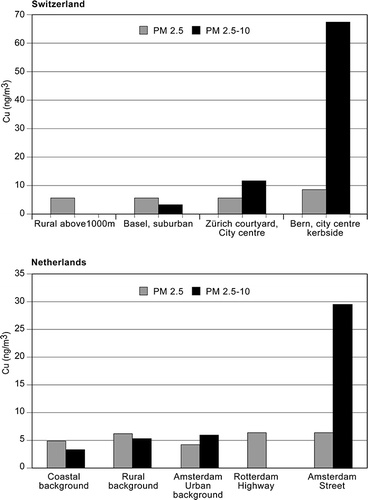
Figure 4. Schematic illustration of the upwind–downwind concept for specific measurements of the contributions of the local traffic.
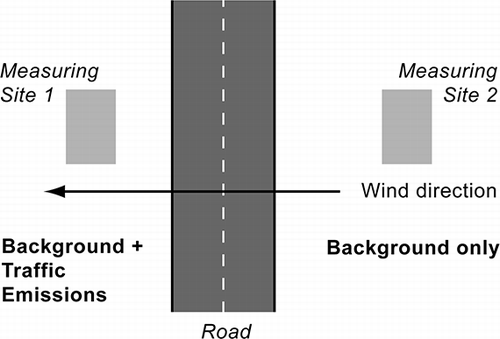
Figure 5. Traffic PM10 emission factors determined for the street canyon site Zürich Weststrasse (top) and the motorway site Reiden (bottom) and their composition.
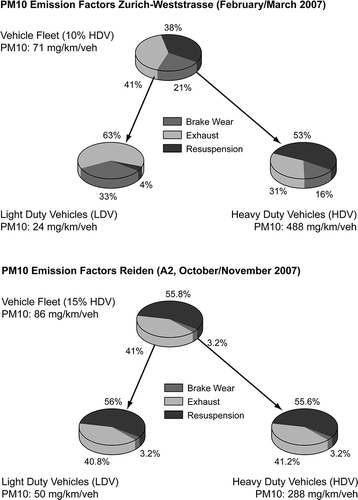
Figure 6. Trend of resuspended and abraded particles during an experiment with a mobile load simulator simulating heavy duty vehicles on a pavement in relatively poor condition with an already slightly damaged surface. Every bar in the plot represents 5 min measurement with a total of 500 double-wheel passages. High concentrations at the start of the simulator operation show the importance of resuspension.

Figure 7. Emission factors as a function of time during a mobile load simulator wear experiment simulating light-duty vehicles comparing the resuspension of fine dust from an asphalt concrete pavement (AC11) and a porous asphalt pavement (PA11).
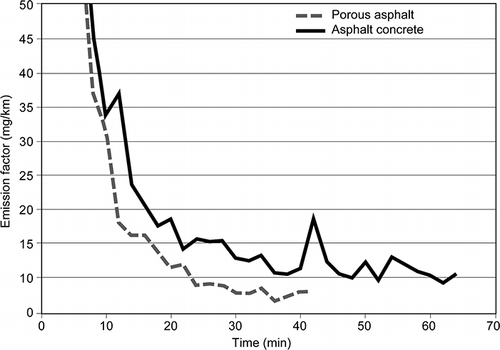
Figure 8. Experts’ indications: How will you rank the importance of wear and resuspension emission compared to engine emissions in the future (2020 and beyond) in terms of (a) PM mass and (b) PM toxicity? (Total expert responses: n = 20.)
